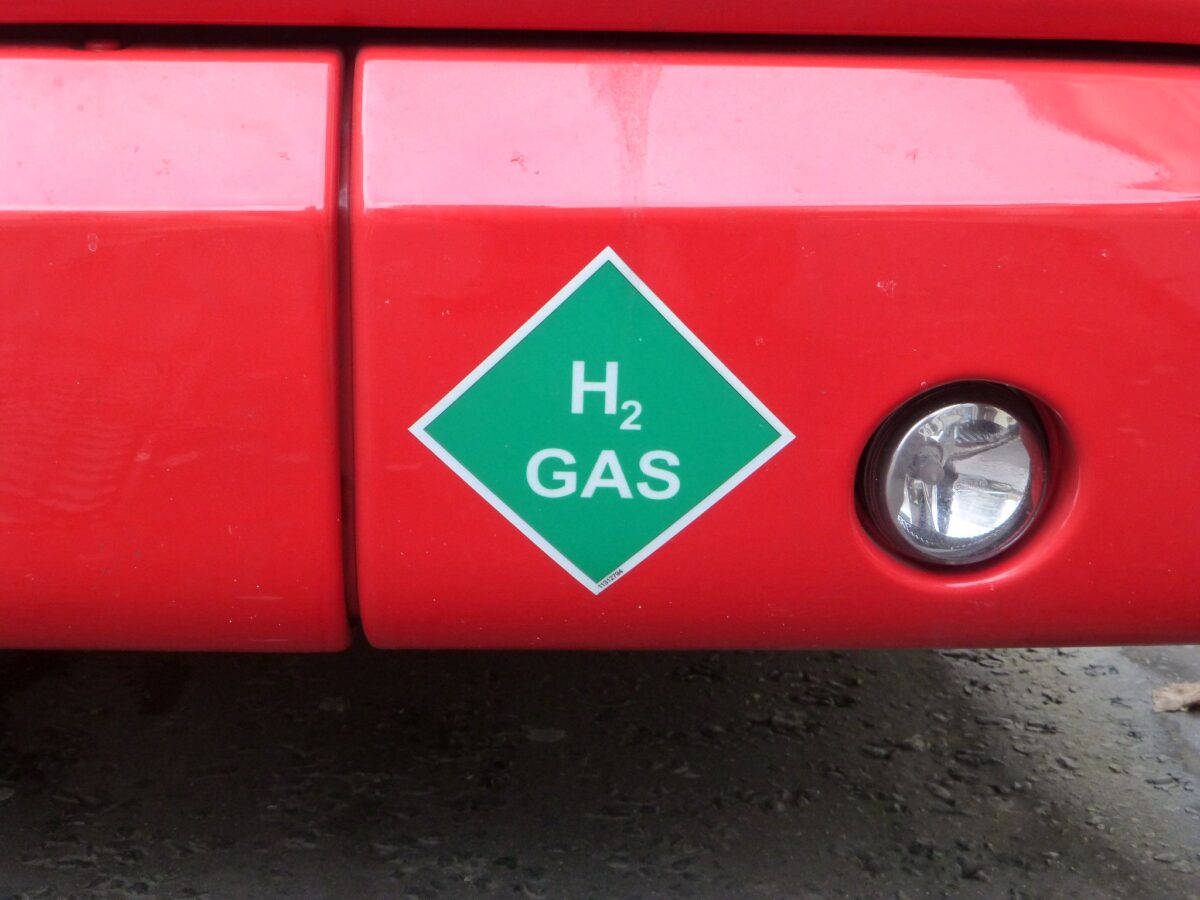
Hydrogen comes in many colours but are any the right climate choice ?
A simmering debate over the role of hydrogen in our future energy plans – and which kind of hydrogen – is coming to the boil.
Among a slew of climate and energy related documents published by the Scottish Government before Christmas were an assessment of the potential of hydrogen in providing energy and a hydrogen policy statement.
What are the different types of hydrogen?
In the energy world there are at least three kinds of hydrogen – blue, green and grey. The pedant in me requires me to point out that hydrogen gas is actually colourless.
Blue hydrogen is made from natural gas and (most of) the spare carbon is prevented from causing yet more climate change by being captured and stored. This requires a Carbon Capture and Storage (CCS) system to be in place, which it is currently not.
Grey hydrogen is the same except the carbon is not captured. This process uses lots of energy so grey hydrogen is a disaster in terms of climate emissions.
Green hydrogen is made from water using renewable electricity, so it is virtually climate-emissions free. Great, but only if we have plenty of renewable electricity to spare, which we may not because we’ll be needing more of it to heat people’s homes and power vehicles.
Nuclear firm EDF recently jumped on the hydrogen bandwagon and said they could make it using nuclear power. Presumably this will be glow-in-the-dark hydrogen.
Do the Scottish Government support hydrogen technology?
The Scottish Government has previously been very enthusiastic about hydrogen and CCS, especially since the oil industry has been promoting them heavily. Indeed the new policy statement sets out a vision of Scotland becoming a Hydrogen Nation, producing the lowest cost hydrogen in Europe by 2045.
But there has been a significant change of emphasis in the details. Where once the future was about hydrogen produced from natural gas for everything from cars to household heating, the new vision is heavily leaning towards green hydrogen made with abundant renewable electricity, with the most important uses being for larger vehicles and industry.
A large part of this change comes from the injection of realism from the assessment published alongside the policy document. It states baldly that the extent of the role of hydrogen is unclear. It looks at three scenarios and the one which concentrates on green hydrogen, including for export, produces by far the most income and creates most jobs – more than 300,000 by 2045.
On blue hydrogen the assessment is clear that this can only be a transitional strategy because the process is not zero carbon. Blue hydrogen can only be produced if CCS is up and running. The CCS enthusiasts will suggest a small plant could be operating in about five years if there is more funding found, but the assessment doesn’t see large-scale CCS until the early 2030s. Even the industry bodies questioned for the assessment were evenly split on whether blue hydrogen would have a significant role or not.
The question then is why, in the face of a climate emergency, you would go to the extreme expense and disruption of creating a blue hydrogen system which can’t reach significant scale for more than a decade and will need to be phased out again only a decade or so after that?
Dr Richard Dixon is Director of Friends of the Earth Scotland. A version of this article appeared in The Scotsman on Tuesday 12 January 2021.
